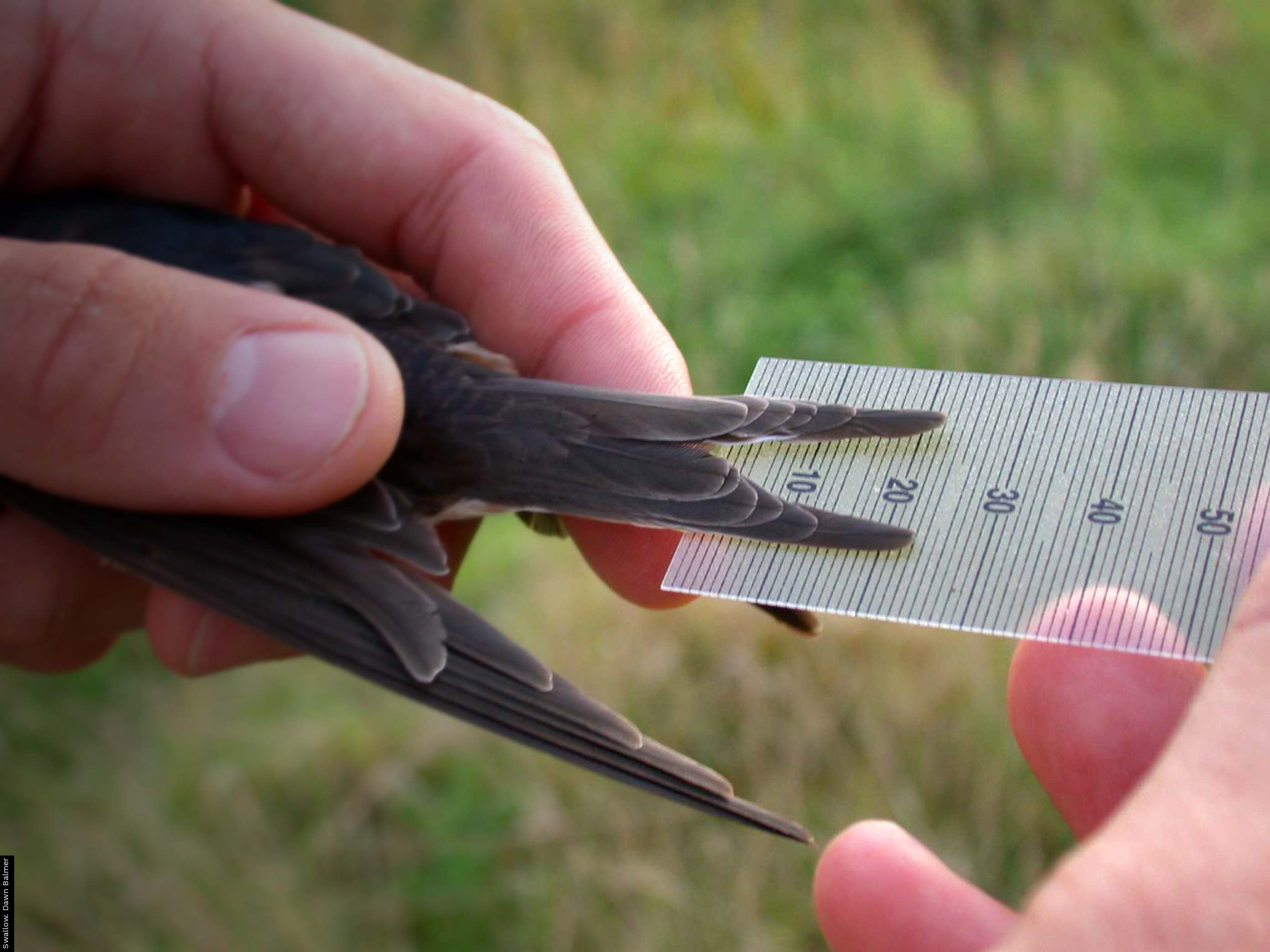Explanatory notes on RAS results
These notes further explain the tables and graphs available on the RAS results page.
Graphs
- Most of the trends appear to end at the results year minus one e.g. graphs showing the results for 2017 will appear to end at 2016. The last point on the graph actually indicates the survival rate from one year to the next e.g. the survival rate from 2016 to 2017.
- If the graph ends prior to the current results year, this is either because there are no active projects on that species or because active projects are not producing a sufficient number of retraps to enable generation of a survival trend.
- Graphs are not created for those RAS species where data are currently insufficient to allow production of a trend, e.g. the project may not have been running long enough or hasn’t yet generated enough adult-adult retraps.
- Some graphs do not have a survival rate plotted for the first year of the time series. Non-breeders are less likely to be re-encountered in subsequent years, so for species where a substantial number may be caught (e.g. seabirds), data from the first year after capture are excluded from analyses. By definition, there are therefore no data for year 1.
- Where no data were collected in a given year, this will show as a gap on the graph or a straight line between two points.
- The graphs show “Apparent Adult Survival”, defined as the probability that an adult bird alive in the previous year survives and returns to the study area. The analysis accounts for the fact that birds which are present may not be seen every season, but birds permanently emigrating from the study area will be presumed dead, thus the true survival rate may be higher than the figures presented here, especially for species where adults routinely change breeding site.
- The dotted lines show the upper and lower 95% confidence limits around the average survival (solid line and points). The closer these lines are to the solid line, the more confidence we have in the accuracy of the survival rates produced by the studies.
- Trends are classified as being of ‘good’, ‘moderate’ or ‘uncertain’ quality. Trends with narrow confidence limits are classified as being of ‘good’ quality. Conversely, trends with wide confidence limits and/or survival rates reaching ‘0’ or ‘1’ (‘boundary estimates’) are classified as being of ‘uncertain’ quality. Trends that fall between these extremes are classified as being of ‘moderate’ quality.
Summary figures
- The ‘mean survival rate’ is the probability that an individual bird alive in one breeding season will survive to the next averaged across all years and sites.
- The ‘mean re-encounter rate’ is the probability that an individual (which is alive and living in the study area) will be either recaught or resighted.
- Survival trends and mean re-encounter rates for males and females are given where available. Where species are not sexed, or where the majority of birds caught are of one sex, a single estimate is given for that species.










Share this page